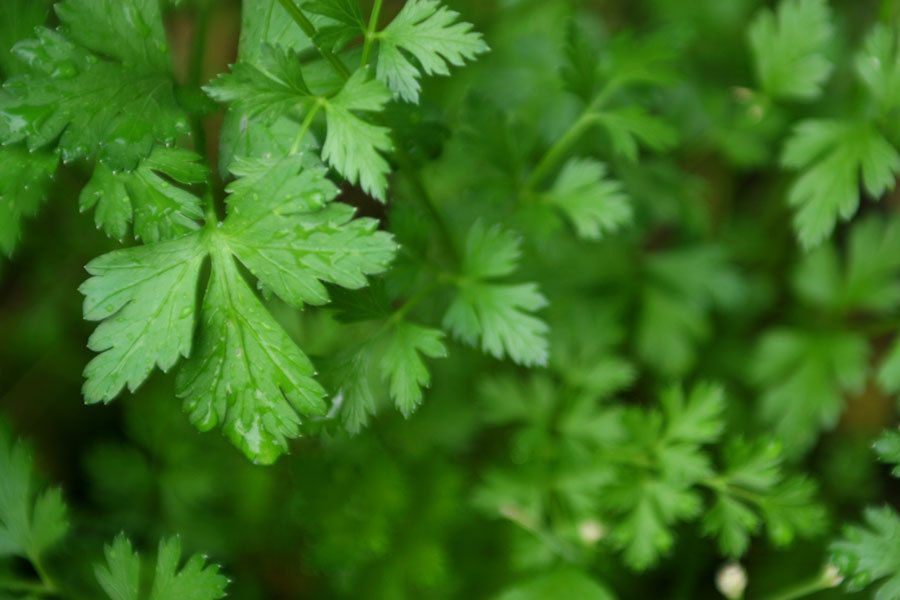
Backyard Garden Grower
Plan, grow, work, watch, and eat

Starting your seeds is an exciting time for any gardener every year. You finally get back to getting your hands a dirty and begin to dream of fresh off the vine tomatoes, spicy jalapeno's for your salsa, or a nice crispy summer cucumber. Starting your seeds correctly however is of large importance. The sooner you can get your seeds going, the sooner you can put them into the ground, and the sooner in the ground, the sooner you reap the benefits of the harvest. Of course, there are many ways to start your seeds, so here are your options to choose from.
Indoors - Many people choose to start their seeds indoors. This makes a lot of sense when you remember why you starting them early anyway, and that is to protect them from the elements, usually the cold. Being indoors you have complete control over the temperature of your seedlings and therefore can have more predictable success. A good area to choose would be in the basement or in an empty room. The downside of course is that indoors your seedlings will not have access to the sun or the wind, both of which are important. These can be overcome with artificial lighting and a fan however (which is why an empty room or in the basement are ideal spots so you the light and fan don't bother anyone else in the house).
Outdoors - There are options for starting seeds outdoors. Whether you own a full-scale glass greenhouse, or have the ability to move your seeds in and out each day, many people are successful in starting seeds outdoors. The advantage here is that you won't have to worry about adding artificial lighting, your plants will be easily hardened off when the time comes (more on that later). You will however need to account for the elements. In most cases that means keeping your seeds warm enough to sprout. Soil temperature plays a large role in how long it takes and how efficient your seeds are in sprouting. Soil that is too cold will cause seeds to not sprout, or sprout so slowly that starting them early becomes pointless. Seeds in soil too hot can just die. Tomatoes for example need a soil temperature of approxamitely 60-85 degrees Farenheit. (see the entire list here). Overcoming this obstacle can be accomplished in many ways, such as a greenhouse, a cold frame, and even heating pads which sit below your seeds.
Lighting - If you are beginning your seeds outdoors, this shouldn't be a problem. If you are beginning inside however, you will need a light source to complement your setup. Unfortuanetly, not just any light will do for your plants. Some wavelengths of light will provide better growth than others. For this reason try to use lights that emulate the light spectrum, ones that include red and blue light. Luckily nowadays there are fantastic options for growing. LED lighting that can provide a full spectrum of lighting is ideal, but will come at a cost. Flourescent lighting also can provide a large spectrum of lighting which will be adequate if you are just starting seedlings to be transplanted out in the garden.
Wind - Wind plays an important factor for the development of your seeds. Wind here can also mean just placing a fan to run for a few hours each day. This plays two large roles. The first is that seedlings are susceptible to a particularly frustrating fungal infection referred to as dampning off. This infection is caused by several different organisms but all hae the same effect, they kill your seedlings. The wind or artificial air movment from the fan help by keeping the top of the soil dry. The air movement also can provide the plant with